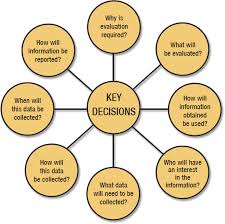Importance of Evaluating L&D Activities
Implementing learning and development at the workplace is beneficial. Also, financial constraints can be seen. The L&D executive might look for the elimination of the surplus expenditure. Though, the evaluation of learning’s impact is vital to demonstrate the effective training being an integral part of your organization for achieving the goals. Sensible savings can be made at the workplace if a business can view the L&D as an investment rather than a cost. Importance of Evaluating L&D Activities can be learned through the following explanation.
Evaluation is tough:
It’s hard to evaluate the learning and development at work. There are different models from Kirkpatrick’s to Brinkerhoff’s success method. Once the methodology is selected learning can deliver more value believes the L&D professionals. On the other hand, the L&D professionals can be at risk if it’s not evaluated. Evaluation data helps in highlighting the allocation of future training resources. It’s being accepted that the learning enhances workforce capability. There are a number of factors: economic fluctuations, organizational structures, organizational culture, business processes and budget constraints can all have an impact. The learning becomes one of the contributory factors for an improvised business performance.
A number of surveys show how learning is leading to a successful business. The key to connect business goals to learning is based on the learning culture at work. Demonstration of learning and development at the workplace shows where the value is being added to the business.
This enables the L&D practitioners to make sure the intended objectives are meeting. Without the evaluation process, there are chances that weakness and flaws in the L&D culture at work can be missed. Therefore the time and resources get wasted. Thus, there is a need in every organization to understand the value of evaluation of L&D at the workplace.
For certification in the L&D visit –


